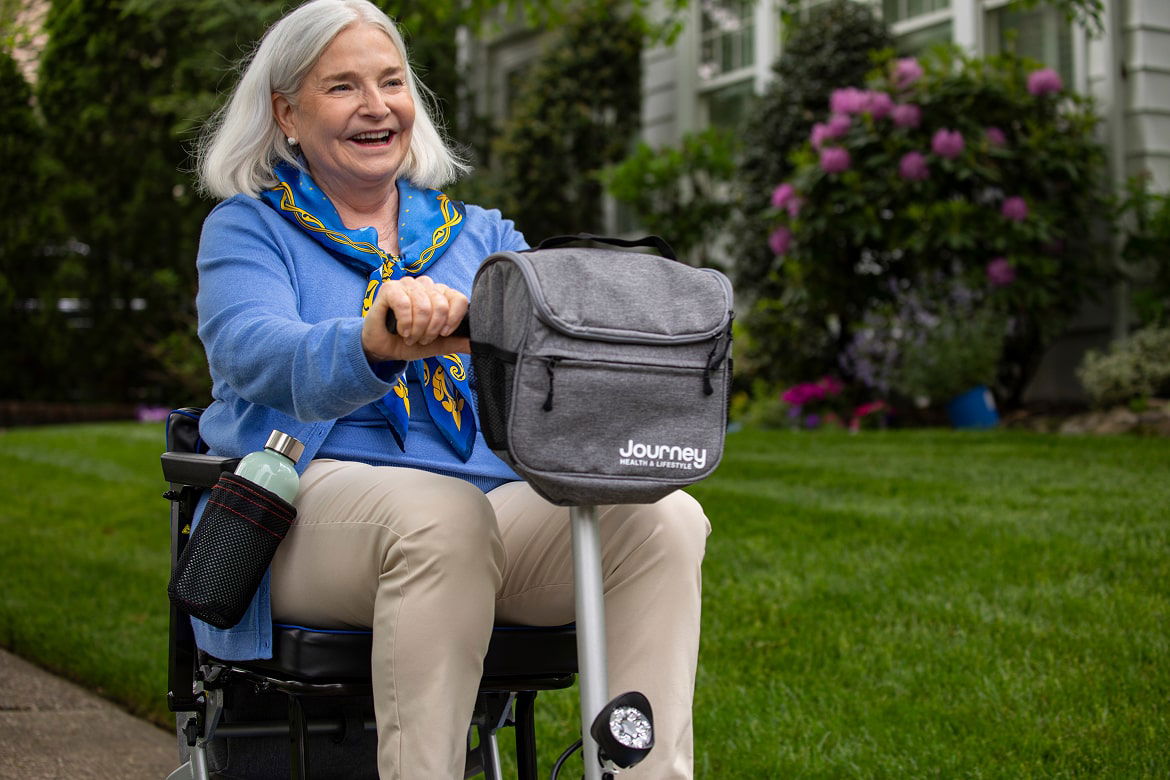M-F 9:30am - 7pm EST
Building a Care Team for Seniors with Mobility Challenges

Mobility is closely tied to independence and quality of life. Yet as we age, balance and strength often decline, making everyday activities harder and increasing the risk of falls. Building a care team is one of the most effective ways to support seniors with mobility issues while easing the burden on family caregivers.
This guide explains how to recognize the need for mobility support, identify key members of a care team, know when to seek professional assistance, and optimize both safety and independence at home.
Recognizing the Need for a Care Team
Mobility concerns often develop gradually, and families may overlook early signs until a fall or injury occurs. Paying attention to these warning signals can help prevent emergencies.
Common Signs of Mobility Impairment
- Frequent falls or near-falls
- Difficulty walking, standing, or maintaining balance
- Noticeable hesitation or fear of moving independently
Mobility challenges often impact essential routines and daily activities such as bathing, dressing, or moving between rooms. These limitations could create frustration and reduce quality of life.
Prevention is important. Seeking mobility assistance for seniors early helps reduce the risk of injury, avoid costly hospitalizations, and support safer elderly fall prevention at home.

Key Members of a Mobility-Focused Care Team
A strong support network combines family care with professional expertise. The following roles are often central to successful in-home mobility support:
- Family Caregivers: Provide emotional support, companionship, and daily supervision.
- Personal Care Aides: Assist with transfers, walking, and personal care needs, such as bathing and dressing.
- Physical and Occupational Therapists: Develop tailored exercise and therapy programs to improve strength, mobility, and independence. (Physical therapy for seniors is proven to lower fall risk.)
- Medical Professionals: Can assess mobility, prescribe treatments, and recommend assistive devices such as walkers or wheelchairs.
- Community Resources: Transportation services, senior centers, and support groups expand social and practical support while lightening the load for families.
This combined senior care team ensures both safety and dignity for aging adults.
When to Seek Professional Help
Family support is essential, but there are times when professional home care services for mobility are necessary.
Signs It’s Time to Hire Help
- Sudden or worsening mobility problems
- Pain or new difficulties with walking or balance
- Unsafe home environments (stairs, clutter, inaccessible bathrooms)
- Caregiver burnout or limited availability
Professional Options to Consider
- Caregivers or personal aides for daily assistance
- Geriatricians for comprehensive assessments
- Home health agencies for skilled nursing or rehabilitation
- Mobility specialists for equipment and home modifications
Proactive action ensures older adults can age in place safely with the right level of professional senior assistance.
How to Build and Communicate with Your Care Team
Collaboration and communication are the foundation of effective care. Begin with a mobility assessment to establish needs and goals. Hold regular meetings among family members and professionals, making sure to involve seniors in decisions to maintain their dignity and autonomy.
Utilize digital tools such as online calendars and shared documents to track schedules, progress, and contact information. Clear care coordination for older family members reduces stress, avoids duplication of effort, and strengthens overall support.
Optimizing Safety and Independence
Helping seniors remain safe while encouraging independence is a delicate balance. Home modifications such as grab bars, ramps, and non-slip flooring can help prevent falls. Improving the lighting, particularly in stairways and hallways, can also improve home safety.
Review mobility goals regularly as needs change. Incorporate daily movement routines where possible to enhance and maintain mobility.
If you need financial assistance to support aging in place safely, look into insurance, Medicare, and local programs.
With the right fall prevention strategies, seniors can remain both safe and empowered.
Additional Resources and Support
Families and caregivers benefit from ongoing education and support. Look for local agencies on aging and community health centers. Some organizations also provide training programs for safe transfers and mobility techniques.
Respite care services can help prevent caregiver burnout, while caregiving forums and peer groups offer connection and advice. Accessing caregiver resources for seniors and support for senior mobility ensures better care and a healthier balance for everyone involved.
Mobility challenges don’t have to mean a loss of independence. By building a strong care team, recognizing when to seek professional support, and optimizing the home environment, families can ensure older adults live safely, confidently, and with dignity. Taking proactive steps today will create a foundation for senior independence, better health outcomes, and peace of mind for caregivers.










